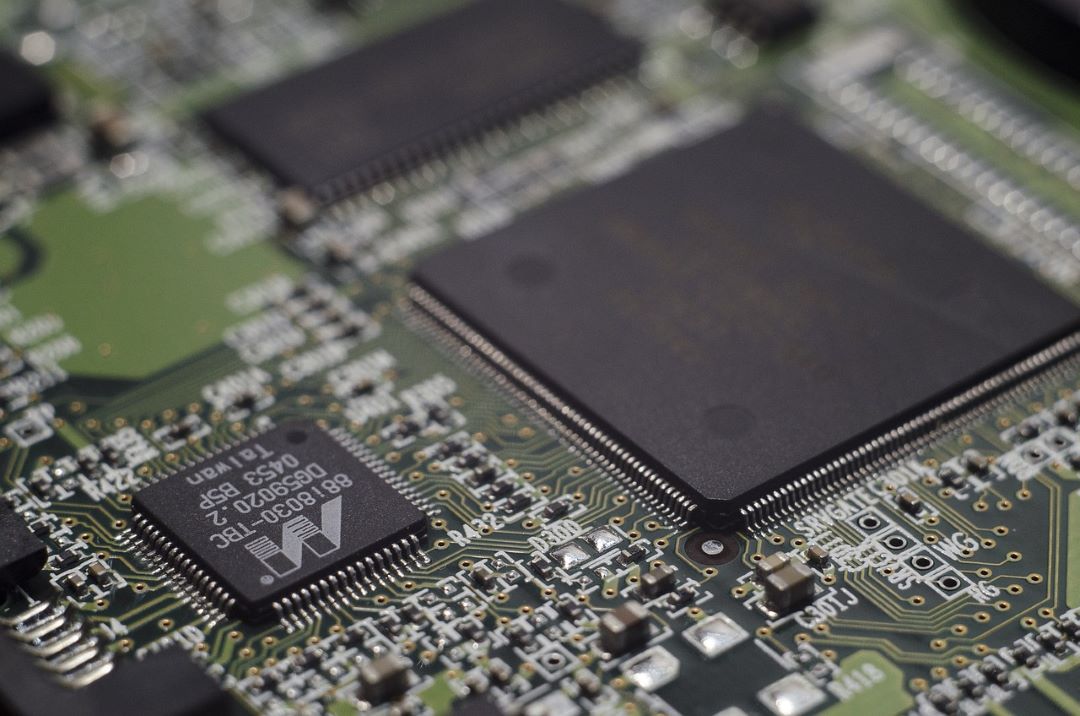Semicon 2.0, the next phase of India’s forward-looking semiconductor policy, is now under preparation and is anticipated to be implemented within the next three to four months, according to Union Minister Ashwini Vaishnaw. Announcing this development on Wednesday, the minister outlined the government’s ongoing efforts to build on the momentum established by the initial phase of the policy, Semicon 1.0.
Speaking at the SEMICON India 2024 event, Vaishnaw provided an update on the progress of the country’s semiconductor industry, revealing that several states have already attracted significant investments in this vital sector.
“Three to four states have successfully secured semiconductor investments,” Vaishnaw mentioned, further adding that a new semiconductor manufacturing unit will soon be established in Uttar Pradesh, marking a pivotal development in India’s push to become a global semiconductor hub.
The minister also highlighted that the government has reached an important milestone with the completion of the first phase of the semiconductor project, Semicon 1.0. He explained that this initial phase laid the foundational framework necessary to attract investment and facilitate the setting up of semiconductor manufacturing plants in India.
With Semicon 1.0 now coming to a successful conclusion, the focus is shifting toward Semicon 2.0, which will build upon the lessons learned and successes achieved in the first phase. Vaishnaw elaborated that the second phase, Semicon 2.0, will represent a more comprehensive and enhanced version of its predecessor.
“We are now in the process of drafting Semicon 2.0, which will be an expanded version of Semicon 1.0,” he said, noting that this updated policy is expected to further drive investments, bolster technological advancements, and accelerate the establishment of semiconductor fabrication units, also known as fabs, across the country.
This expanded scope is intended to strengthen India’s presence in the global semiconductor supply chain, an essential objective given the growing demand for chips in industries ranging from consumer electronics to electric vehicles and telecommunications.
The timeline for the finalization of Semicon 2.0 is estimated to be between three to four months, after which the policy will be implemented to create a more conducive environment for semiconductor development in India. The government’s efforts are aimed at creating a robust semiconductor ecosystem that can cater to both domestic and international markets, thereby reducing the country’s reliance on imported chips and boosting its capabilities in high-tech manufacturing.
Semicon 2.0 is expected to provide further incentives, regulatory support, and infrastructure development to attract more investments from global and domestic companies alike. As India positions itself as a key player in the semiconductor sector, the government’s policy initiatives, particularly Semicon 2.0, will play a critical role in shaping the future of this strategic industry, which is vital for technological innovation and economic growth.







